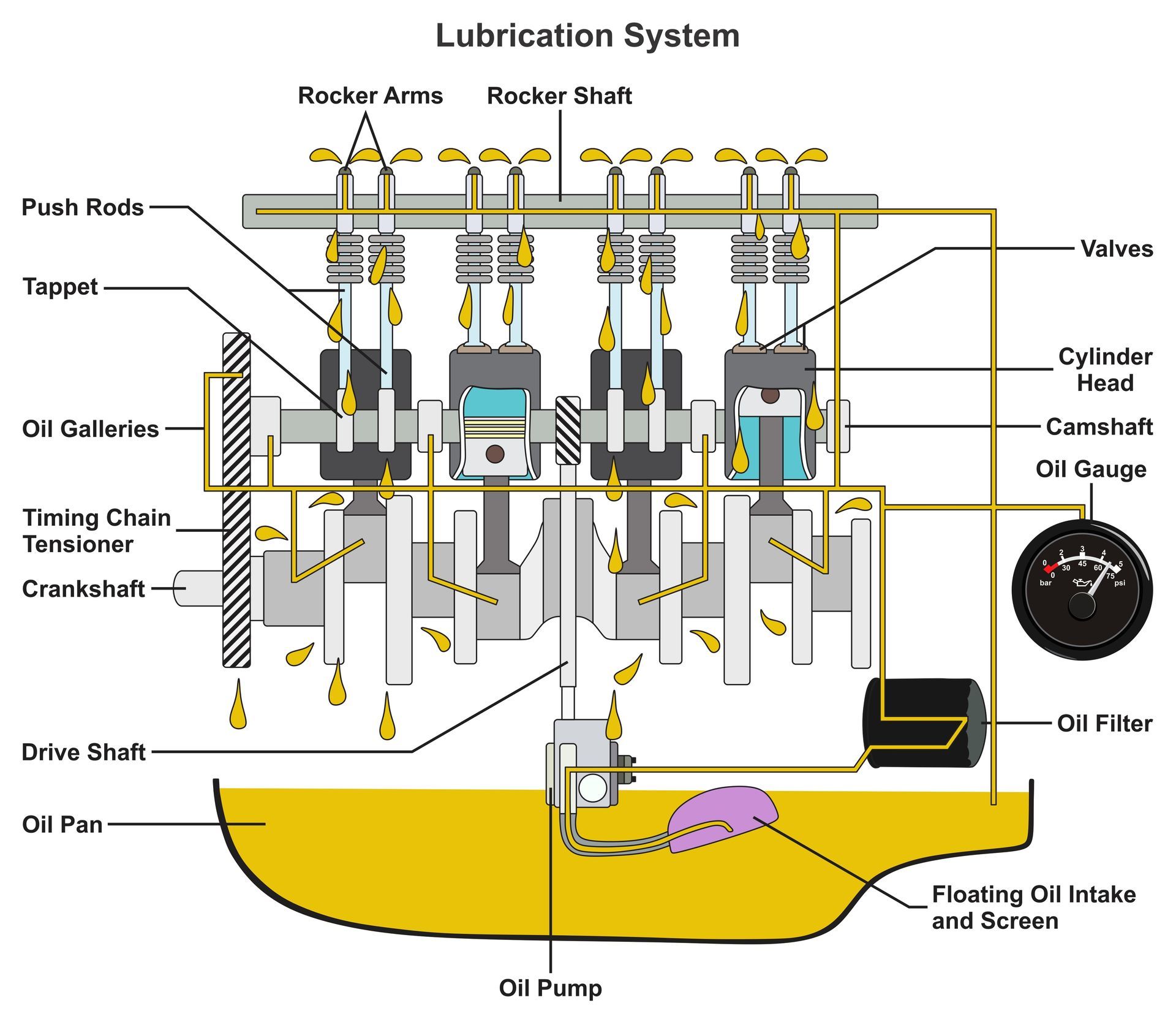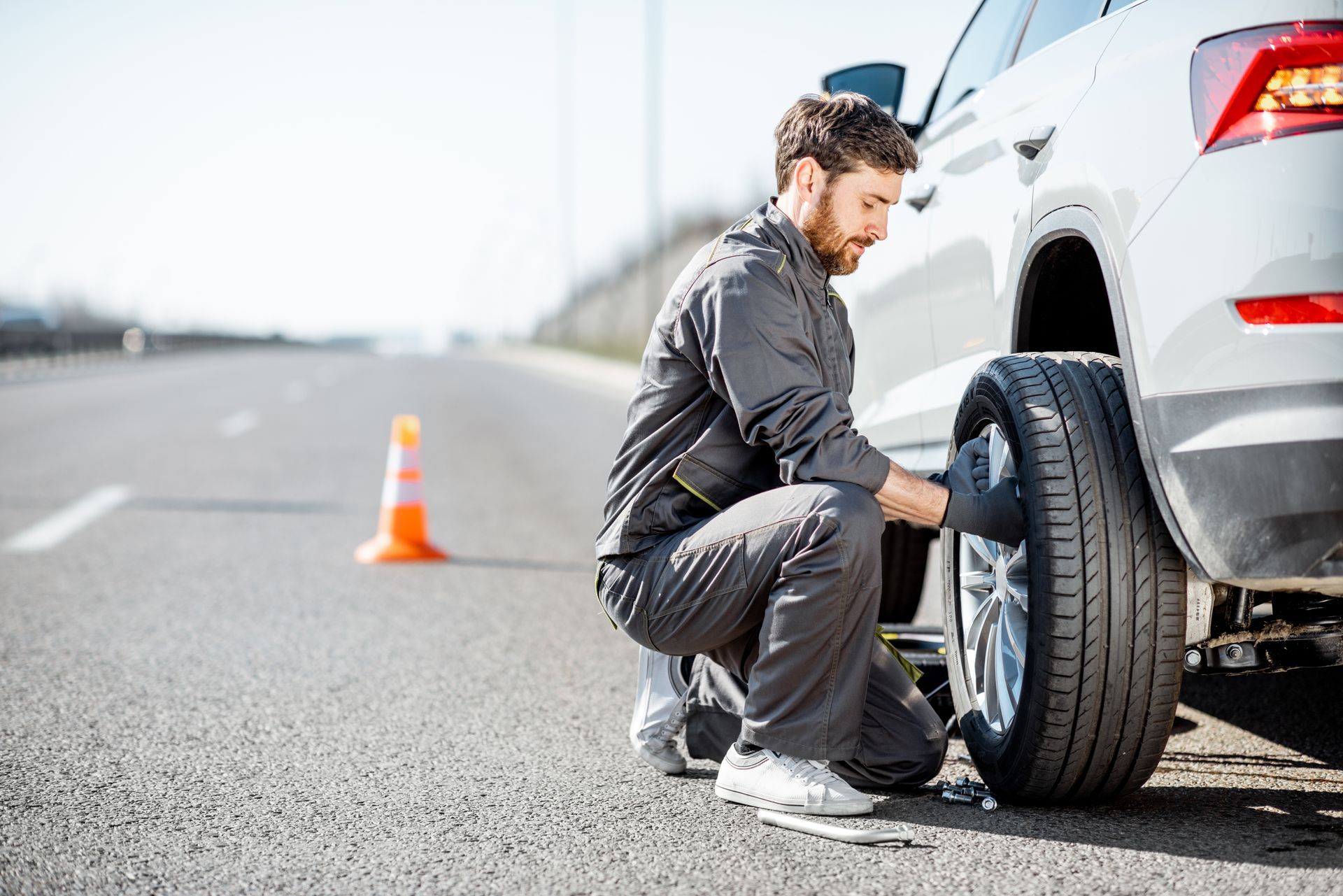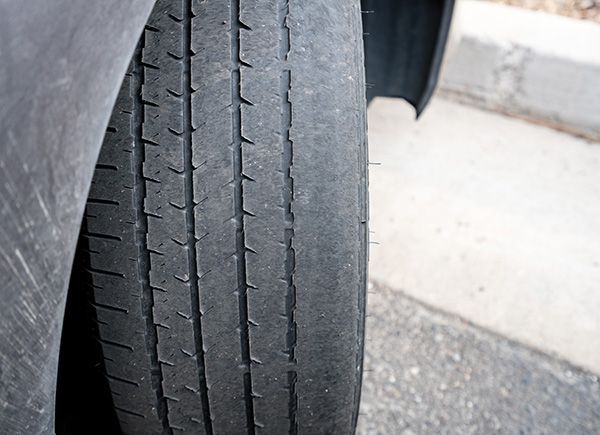Loading ...
Missing business hours data / Error occurred while getting the data.
Loading ...
Missing business hours data / Error occurred while getting the data.
Loading ...
Missing business hours data / Error occurred while getting the data.
Loading ...
Missing business hours data / Error occurred while getting the data.
Loading ...
Missing business hours data / Error occurred while getting the data.
Loading ...
Missing business hours data / Error occurred while getting the data.
Loading ...
Missing business hours data / Error occurred while getting the data.
Loading ...
Missing business hours data / Error occurred while getting the data.
What Happens to Tires in Freezing Temperatures?
December 6, 2024
When temperatures plummet, your car faces a host of challenges, and your tires are no exception. While they may seem like tough, unchanging rubber pieces, tires react to freezing conditions as well. From losing pressure to changes in grip, cold weather significantly impacts their performance and safety. If you've ever wondered why your tires seem to act up during the winter, let’s dig into what happens when the mercury drops.
How Freezing Temperatures Affect Tire Pressure
One of the most noticeable effects of freezing weather is the drop in tire pressure. Cold air molecules contract, causing the air inside your tires to take up less space. For every 10°F decrease in temperature, your tire pressure can drop by about 1–2 PSI.
Low tire pressure doesn’t just trigger that annoying warning light on your dashboard; it can also affect your car’s handling, fuel efficiency, and even tire lifespan. Underinflated tires create more rolling resistance, which means your car has to work harder to move. This can lead to uneven tire wear and reduced gas mileage.
It’s essential to check your tire pressure regularly in winter, ideally once a week, to ensure it’s within the manufacturer’s recommended range.
Rubber Hardening
Did you know that rubber isn’t immune to freezing temperatures? When exposed to the cold, the rubber compounds in your tires become stiffer and less pliable. This reduced flexibility affects how well your tires can grip the road, especially on icy or snowy surfaces.
Summer tires are particularly vulnerable in these conditions. Their rubber compounds are designed for warm weather, so they lose elasticity and traction in the cold. On the other hand, winter tires are formulated with special compounds that remain flexible even in subzero temperatures, providing better grip and stability.
Traction Challenges
Freezing temperatures also compromise your tires' ability to maintain traction. On dry, cold roads, even all-season tires can struggle to grip effectively if the rubber has hardened. Add snow or ice to the mix, and the risk of skidding or losing control increases dramatically.
Winter tires, with their deeper tread patterns and softer rubber, excel in these conditions. Their specialized designs are built to channel snow and slush away from the tire surface while biting into icy patches for added grip. If you live in an area with harsh winters, investing in a set of winter tires isn’t just a good idea—it’s a safety essential.
Why Tire Maintenance Is Critical in Winter
Winter doesn’t just test your tires; it tests your commitment to proper maintenance. Tires that are already worn or damaged are more likely to fail in freezing temperatures. Cracks in the rubber can expand, and thin tread depth can make it nearly impossible to maintain control on slippery surfaces.
Here’s what you can do to keep your tires winter-ready:
- Inspect tread depth: Use a tread depth gauge or the penny test to ensure your tires have sufficient grip.
- Check for damage: Look for cracks, bulges, or embedded debris that could weaken your tires.
- Switch to winter tires: If your area regularly sees snow and ice, winter tires can make all the difference.
- A little proactive care can go a long way in keeping your tires performing their best, no matter how cold it gets.
The Role of Tire Storage in Cold Weather
If you’re swapping your regular tires for winter ones, proper storage is key to preserving their lifespan. Tires left exposed to freezing conditions can develop flat spots or suffer from rubber degradation over time. Store your tires indoors in a cool, dry place, and keep them away from direct sunlight or heating vents to avoid uneven wear or chemical changes in the rubber.
What Happens If You Ignore Winter Tire Care
Neglecting your tires during freezing weather isn’t just a gamble with their lifespan—it’s a risk to your safety. Worn or improperly inflated tires struggle to maintain contact with the road, especially during sudden maneuvers or emergency braking. This can lead to longer stopping distances, reduced stability, and a higher likelihood of accidents.
Moreover, ignoring seasonal changes can cost you more in the long run. Underinflated tires wear out faster and can even lead to a blowout, which is far more expensive to fix than simply maintaining them.
Stay Prepared
Freezing temperatures are tough on tires, but with a little knowledge and care, you can ensure they stay reliable throughout the winter months. Whether it’s maintaining the right tire pressure, switching to winter tires, or storing them correctly, small steps can make a big difference in both safety and performance.
Make winter driving safer with professional tire care from
ATS Fleet Service. Schedule your service today and drive confidently all season long!
Quick Links:
Loading ...
Missing business hours data / Error occurred while getting the data.
Loading ...
Missing business hours data / Error occurred while getting the data.
Loading ...
Missing business hours data / Error occurred while getting the data.
Loading ...
Missing business hours data / Error occurred while getting the data.
Loading ...
Missing business hours data / Error occurred while getting the data.
Loading ...
Missing business hours data / Error occurred while getting the data.
Loading ...
Missing business hours data / Error occurred while getting the data.
Loading ...
Missing business hours data / Error occurred while getting the data.
Loading ...
Missing nap lines data / Error occured while getting the data.
Loading ...
Missing nap lines data / Error occured while getting the data.






